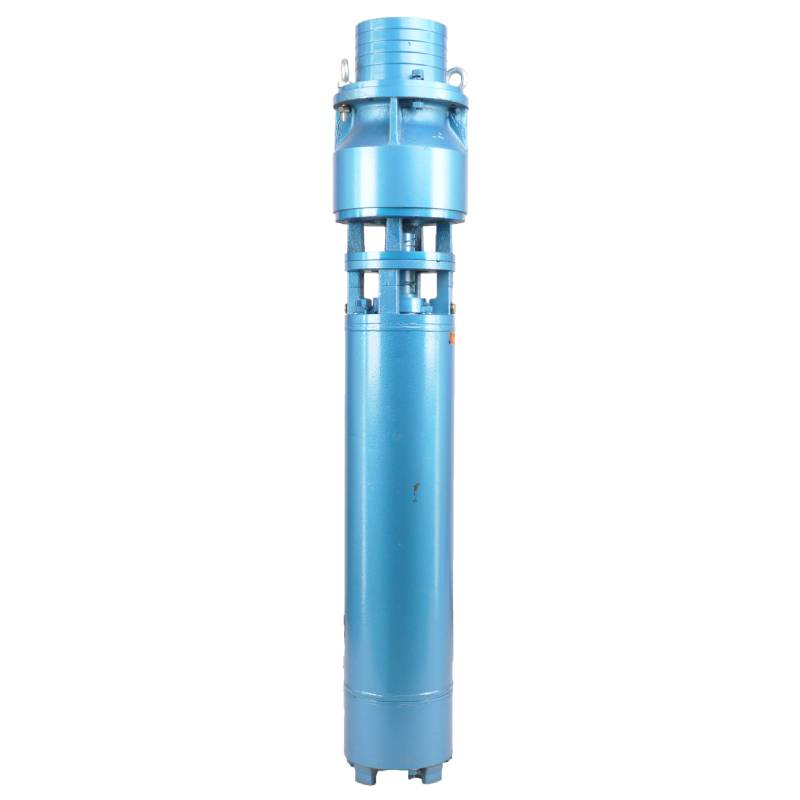Jul . 21, 2024 01:46 Back to list
Affordable Deep Well Submersible Pumps for Efficient Water Supply in Residential and Agricultural Use
Understanding Deep Well Submersible Pumps A Key to Efficient Water Extraction
In the world of water management, deep well submersible pumps play a crucial role, especially in agricultural, industrial, and residential applications. As water scarcity becomes a pressing issue globally, identifying effective solutions for water extraction and management is essential. This article delves into the functionality, advantages, and considerations surrounding deep well submersible pumps, emphasizing their importance in everyday life.
What is a Deep Well Submersible Pump?
A deep well submersible pump is a type of centrifugal pump designed to operate underwater. It consists of a motor that is hermetically sealed and submerged in the water, together with a pump that pushes water to the surface. These pumps are typically used in deep wells, where traditional pumps may struggle to provide sufficient pressure for effective water extraction.
How Do They Work?
The operation of a submersible pump is relatively straightforward. Once submerged, the motor powers the impeller, generating centrifugal force. This force pulls water into the pump, pushing it upward through a discharge head to the surface. The design is highly efficient, as the pump can handle varying depths—some capable of reaching hundreds of feet below ground.
Advantages of Submersible Pumps
1. Efficiency Submersible pumps are known for their high efficiency. Since the motor is submerged, they can operate in a more efficient environment, reducing energy consumption and lowering utility costs.
2. Durability These pumps are designed to withstand harsh conditions found in deep wells. The sealed motor protects against water intrusion, enhancing the longevity and reliability of the pump.
3. Minimal Noise Unlike surface pumps, submersible pumps operate quietly as they are underwater. This feature makes them suitable for residential areas and locations where noise pollution can be an issue.
deep well submersible pump amazon

4. Versatility Deep well submersible pumps can be used for various applications, from irrigation in agriculture to providing clean drinking water in rural areas. They can even be implemented in dewatering processes in construction sites.
5. Space-Saving As these pumps are installed below the ground, they occupy minimal space on the surface, allowing for better land use and aesthetics.
Considerations When Choosing a Submersible Pump
While deep well submersible pumps offer numerous benefits, several factors must be considered when selecting one for a specific application
1. Depth and Diameter of the Well The depth and diameter of the well will influence the choice of pump. Ensuring the pump can efficiently operate at the required depth is paramount.
2. Water Quality The presence of sand, minerals, or other particulates in the water can affect pump performance. Choosing a pump designed to handle such conditions is essential for longevity and efficiency.
3. Flow Rate Requirements Understanding the desired flow rate for your application will aid in selecting the right pump size and type. It’s crucial to match the pump capacity to your specific requirements.
4. Energy Source Consider the power source available for the pump. Most submersible pumps operate on electricity, so ensure a reliable power supply is accessible at the intended installation site.
Conclusion
In a world increasingly challenged by water scarcity and resource management, deep well submersible pumps are an essential technology that assists in efficient water extraction and usage. Their impactful design, coupled with their numerous advantages, makes them a popular choice across different sectors. Whether for agricultural use, residential water supply, or industrial needs, choosing the right deep well submersible pump can significantly enhance water management practices, ensuring that this precious resource is utilized responsibly and sustainably. For those looking to purchase a deep well submersible pump, platforms like Amazon offer a diverse range of options, making it easier to find the right fit for your specific needs.
-
Submersible Water Pump: The Efficient 'Power Pioneer' of the Underwater World
NewsJul.01,2025
-
Submersible Pond Pump: The Hidden Guardian of Water Landscape Ecology
NewsJul.01,2025
-
Stainless Well Pump: A Reliable and Durable Pumping Main Force
NewsJul.01,2025
-
Stainless Steel Submersible Pump: An Efficient and Versatile Tool for Underwater Operations
NewsJul.01,2025
-
Deep Well Submersible Pump: An Efficient 'Sucker' of Groundwater Sources
NewsJul.01,2025
-
Deep Water Well Pump: An Efficient 'Sucker' of Groundwater Sources
NewsJul.01,2025
-
 Submersible Water Pump: The Efficient 'Power Pioneer' of the Underwater WorldIn the field of hydraulic equipment, the Submersible Water Pump has become the core equipment for underwater operations and water resource transportation due to its unique design and excellent performance.Detail
Submersible Water Pump: The Efficient 'Power Pioneer' of the Underwater WorldIn the field of hydraulic equipment, the Submersible Water Pump has become the core equipment for underwater operations and water resource transportation due to its unique design and excellent performance.Detail -
 Submersible Pond Pump: The Hidden Guardian of Water Landscape EcologyIn courtyard landscapes, ecological ponds, and even small-scale water conservancy projects, there is a silent yet indispensable equipment - the Submersible Pond Pump.Detail
Submersible Pond Pump: The Hidden Guardian of Water Landscape EcologyIn courtyard landscapes, ecological ponds, and even small-scale water conservancy projects, there is a silent yet indispensable equipment - the Submersible Pond Pump.Detail -
 Stainless Well Pump: A Reliable and Durable Pumping Main ForceIn the field of water resource transportation, Stainless Well Pump has become the core equipment for various pumping scenarios with its excellent performance and reliable quality.Detail
Stainless Well Pump: A Reliable and Durable Pumping Main ForceIn the field of water resource transportation, Stainless Well Pump has become the core equipment for various pumping scenarios with its excellent performance and reliable quality.Detail
